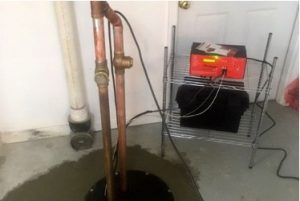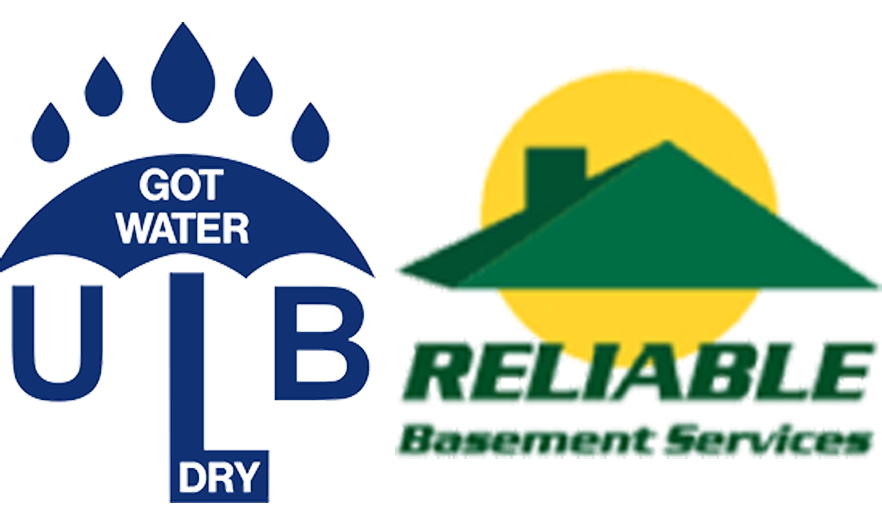
There are all sorts of basement waterproofing entities that are available today. However, few measure up to the sump pump. This small pump keeps groundwater levels around your home at bay, helping to maintain a basement’s structural integrity and reduce the overall risk of flooding.
Interested in learning more about sump pumps? This Park Ridge basement waterproofing company is going to explain everything you’ll need to know.
How Does a Sump Pump Work?
A sump pump’s job is to keep groundwater levels down, thus preventing basement flooding and reducing hydrostatic pressure against a home’s foundation. The pump sits inside of a hole called a sump pit. This pit is generally dug in the corner of a basement.
As water rises up into the sump pit during heavy rainfall, it eventually meets the sump pump. Once it makes contact with the pump, the pump springs into action, pumping water out rapidly to ensure that it doesn’t end up inside your basement.
Once installed, you don’t have to do anything to trigger your sump pump. It’s designed to gauge water levels itself and turn on automatically as needed.
Benefits of a Sump Pump
There are many benefits of installing a sump pump. Some of the most prominent of these benefits include the following:
Flood Prevention
Whether your basement is finished or unfinished, it’s likely filled with some of your possessions. A sump pump will prevent flooding in your basement, thus protecting your possessions as well.
Mold Prevention
Moisture leads to mold. As such, if water leaks into your basement, you’re bound to have mold in your basement as well. A sump pump will help to reduce water leakage, thus reducing the amount of mold that you have to contend with also.
Reduced Hydrostatic Pressure
When water seeps into the ground around your home, it comes to rest up your home’s foundation. The more water that collects against the foundation of your home, the more stress it will take on. This is known as hydrostatic pressure, and it’s the top cause of foundation cracks.
Want to prevent foundation cracks from forming in the first place? You’ll want to install a sump pump. Your sump pump will keep water levels low, drastically reducing the amount of wear and tear that your foundation incurs.
Sump Pump Options
There are, in general, two different sump pump options: the primary sump pump, and the backup sump pump. We’ll discuss the specifics of each type below.
Primary Sump Pump
The primary sump pump is powered by electricity. It’s the first line of defense against rising levels of groundwater, and it kicks into action as soon as water levels reach a certain point. Some basements have only a primary sump pump. However, it’s often wise to have a backup. We’ll explain why in our explanation of the backup sump pump.
Backup Sump Pump
As you know, the power sometimes goes out. Unfortunately, when it does, the primary sump pump will be unable to function. This is where the backup sump pump comes in. This sump pump is battery-powered, allowing it to function even after the power goes out. It will take over for the primary sump pump during storms, ensuring that your basement doesn’t take on any water.
Need the Help of a Park Ridge Basement Waterproofing Company?
Are you interested in installing a sump pump? Looking for a Park Ridge basement waterproofing company? The professionals at ULB-DRY Waterproofing are ready to help.
We’ve installed sump pumps in a number of Park Ridge homes. Regardless of your situation, we have a sump pump option that will work well for your home. Contact us today to learn more!





